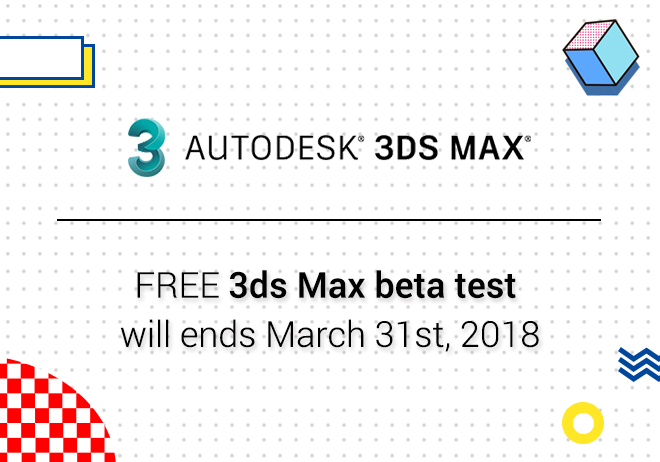
Renderwow
This article is for cloud rendering only.
Find possible reasons for scene rendering card in the lighting buffer stage, it may not apply to all scenarios, but most scenarios can be applied.
step1:If the rendering is submitted to the cloud render, it will be stuck in the lighting buffer stage. First thing you can do is render time on the local test and confirm whether it is caused by scenario parameter problem.
step2:Check if there are any problems in the scene. The common reason for getting stuck in the lighting cache stage is the problem caused by lighting. It is recommended to check the intensity of the light parameters such as power and multiple increment.
Step3:Next, check if there are problems with the scene’s model and material. Problems with models and material settings in the scene will also cause the rendering card to be in the lighting buffer stage.
Step4:If none of these steps can solve the problem, you can try using high version V-Ray for rendering, In a few cases, problems with some versions of the V-Ray itself may also lead to rendering cards in the light buffer phase.
Case list
1. Question Description:
Rendering is always stuck in the lighting buffer stage.
2. Local environment:
3ds Max2014 + Vray 2.40.04
3. Problem phenomena:
As shown in the following figure, in building the lighting cache stage it has been unable to pass, and the total render time estimated in the render preview window is 00:00:00.

4. Analysis process:
Step 1:The original and cloud scenes are tested on the local machine. Rendering time takes a long time and has been stuck in the lighting buffer stage. Exclusion is the rendering card caused by the cloud machine problem in the lighting buffer stage. The rendering time of this scene should be long due to problems in the original scene.
Step 2:build the lighting cache phase is stuck, generally, there are problems with lighting materials in the scene. So, let's check the lights in the scene first. All the findings were normal after initial examination, we will further confirm our conclusion with the exclusion method. We hide the lights in the scene after rendering or find them stuck in the lighting buffer stage. Therefore, the exclusion is the lighting problem which results in the rendering card in the lighting buffer stage.
Step 3:Check the scene model. Change the material in the scene into white mold material, rendering is normal. The exclude is the rendering card caused by the model in the lighting buffer stage.
Step 4:According to the first three steps, we can basically confirm that there are problems with the material in the scene leading to the rendering card in the lighting buffer stage. Next we will try to locate the problem material, the exclusion method is still used. Search by hiding material one by one. Finally, we found that there was something wrong with the material on the top of the scene, after hiding the material, rendering is normal.
The material of the problem is as follows:
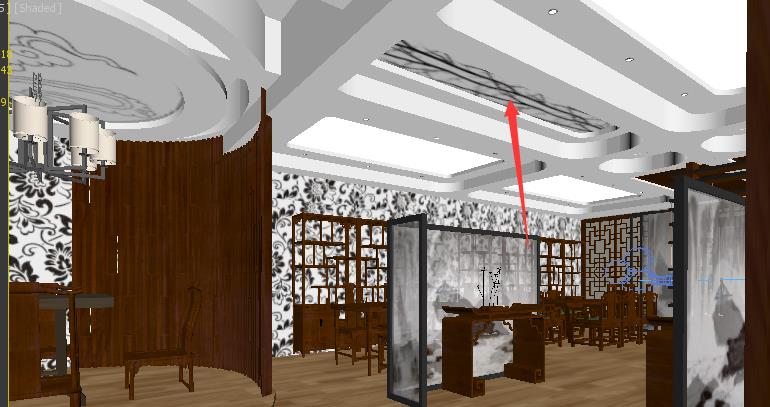
After hiding, it can render normally.
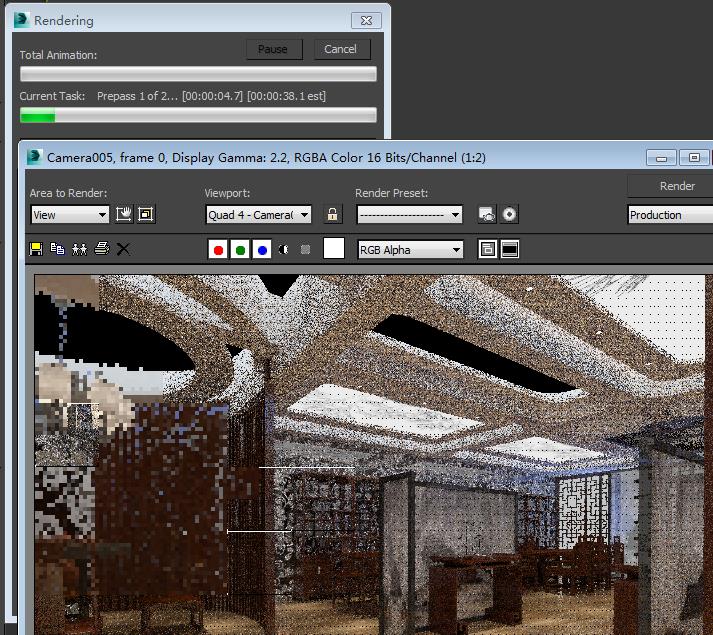
Step 5:Through the previous step, it was decided that there was something wrong with the material on the ceiling. Open the material editor to see that the material is mixed material. After rendering this material to a V-Ray, the rendering is normal.
The method of adding V-Ray to cover material is as follows:
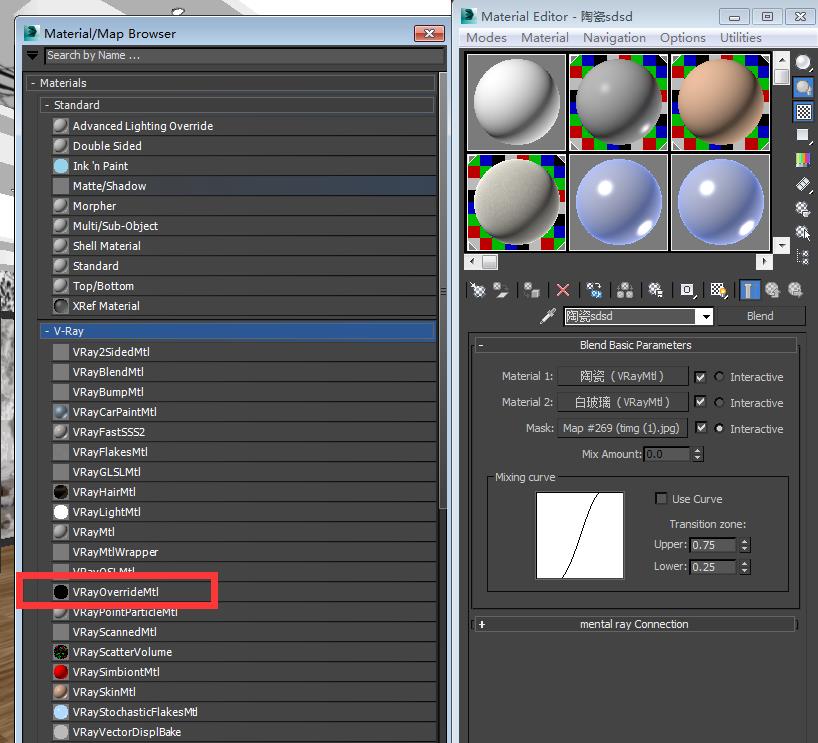
After adding V-Ray coverage, render normal:
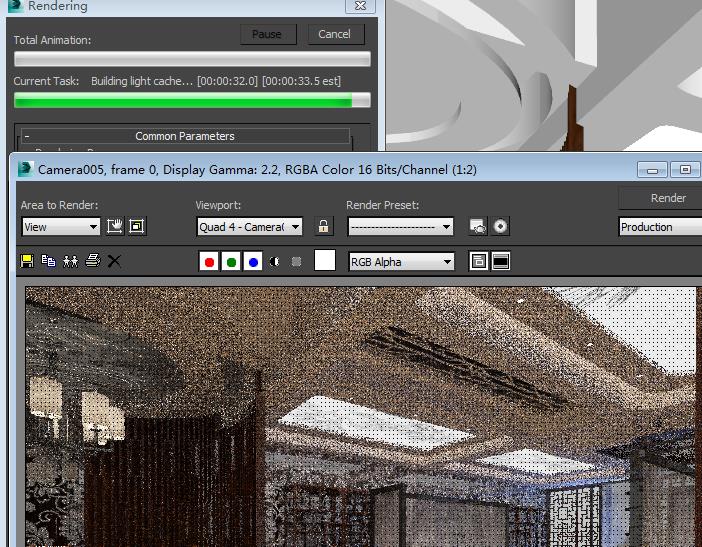
5. question summary:
From the above analysis, the reason of the scene rendering card in the light cache is mainly caused by the problem of material in the scene. You can add a v-ray to the problem shader to cover the shader, this problem can be solved.